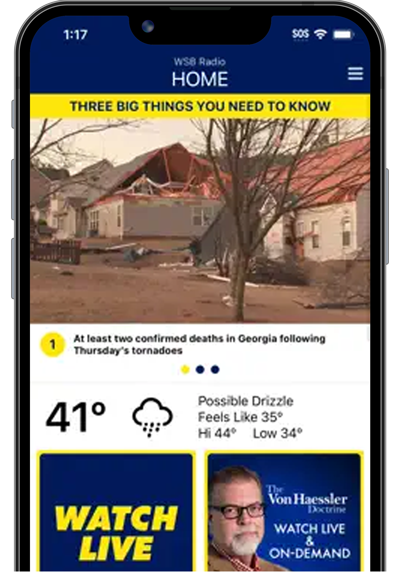MONTGOMERY, Ala. — (AP) — A judge has refused to stop the nation’s third scheduled execution by nitrogen gas that is set to take place in Alabama later this month.
U.S. District Judge R. Austin Huffaker Jr. on Wednesday denied a preliminary injunction request to block Alabama from executing Carey Dale Grayson on Nov. 21 using the same nitrogen gas protocol. The judge said Grayson failed to meet the high legal burden of showing that he is likely to prevail on his claim that the method is unconstitutionally cruel.
“His evidence and allegations amount to speculation, a speculative parade of highly unlikely events, and scientific controversy at best. They fall well short of showing that the nitrogen hypoxia protocol creates an unacceptable risk of pain, let alone superadded pain,” Huffaker wrote.
John Palombi, an attorney with the Federal Defenders Program, which is representing Grayson, said they plan to appeal.
The execution method involves placing a respirator gas mask over the inmate’s face to replace breathable air with pure nitrogen gas, causing death by lack of oxygen. Critics have argued that the state’s execution protocol does not deliver the quick death the state says it does.
Kenneth Smith was put to death in January in the nation's first execution with nitrogen gas, and Alan Miller was put to death last month. Media witnesses, including The Associated Press, described how the inmates shook on the gurney for two minutes or longer, the movements followed by what appeared to be several minutes of periodic labored breaths with long pauses in between.
Huffaker issued the ruling after a hearing where the Alabama corrections commissioner and others testified about what they saw at the first nitrogen gas executions. Attorneys for Grayson introduced news articles from media witnesses to the execution describing the two men’s movements during the execution.
Huffaker said the “evidence concerning what actually happened, or what eyewitnesses observed during the Smith execution, was conflicting and inconsistent.”
“But what that evidence did show was that the nitrogen hypoxia protocol was successful and resulted in death in less than 10 minutes and loss of consciousness in even less time,” Huffaker wrote.
Grayson was one of four teenagers convicted in the 1994 killing of 37-year-old Vickie Deblieux in Jefferson County. Prosecutors said Deblieux was hitchhiking from Tennessee to her mother’s home in Louisiana when the teens offered her a ride. Prosecutors said they took her to a wooded area, attacked her, threw her off a cliff and later mutilated her body.
Grayson is the only one facing a death sentence. Two other teens had their death sentences set aside when the U.S. Supreme Court banned the execution of offenders who were younger than 18 at the time of the crime. Grayson was 19.
Lethal injection remains the state’s primary execution method, but inmates can request to be put to death by nitrogen gas or the electric chair.
Copyright 2024 The Associated Press. All rights reserved. This material may not be published, broadcast, rewritten or redistributed without permission.








